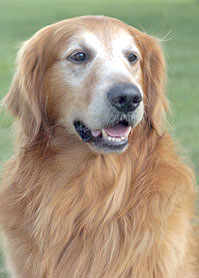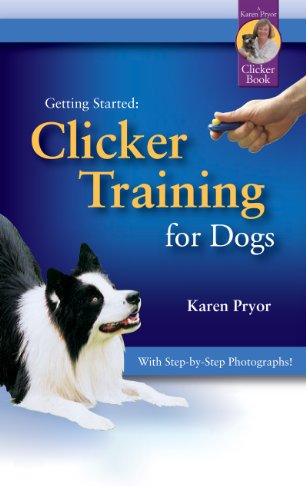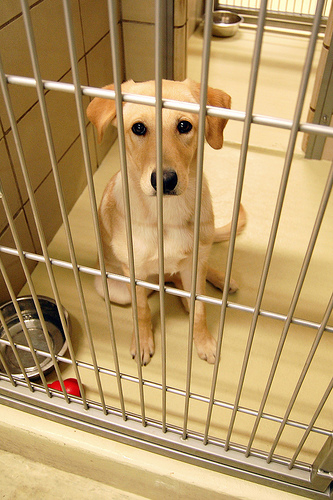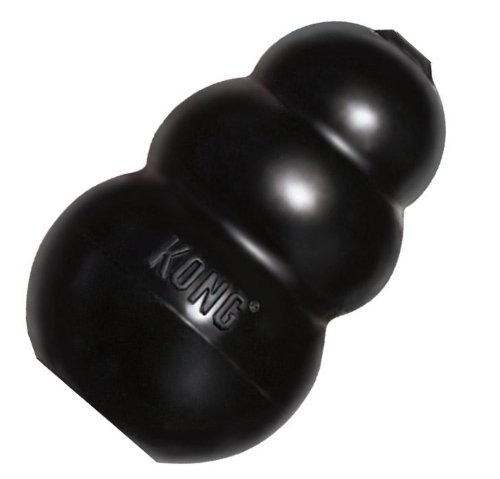
As I have recently discovered owning a dog (especially a young one) is not as easy as being the hero, rescuing an animal in need and having a new pet that is eternally grateful to you. I am sure my dog is eternally grateful to me but he has some funny ways of showing it! In this article I am going to talk you through some of the best techniques I have learnt and used along the way. I am by no means at the end of training my dog, like losing weight I don't think there is a quick fix. And I am no expert but I am here to give you my personal experience.

As strange as it sounds one of the most effective things to do before you even start training your dog is to intimidate them. Show them that you are the boss. Sometimes this is not easy, especially when you have a big dog who is leaping up at you, trying to snap at your face, trying to intimidate you! But remember you are essentially taller. Use that height advantage. If your dog is not sitting, or moving back or jumping up too much walk confidently into his/her space. Look tall! Go up on your tiptoes if you have to! Tower over them until they move back to where you want them to go. If you do this only a few times your dog will soon learn that you are in control and you will be in the perfect position to begin your training.
Most breeds of dog can learn sit and stay pretty easily. But there are a few simple techniques that I learnt when practicing these commands which mean you are always in control and your dog will do what you want (9 times out of 10!). Make sure that you only say the command once. A firm but friendly 'SIT' or 'STAY' is all your dog needs. If you repeat yourself and then after the tenth time of saying the command your dog obeys, he is not doing what you have asked, he is following the command when he decides to. Also make sure that you do not say your dog’s name before you say the command. They will then associate their name with the action of sitting or staying which is something you do not want. Their name should be an effective tool in catching their attention, stopping them from running into a road or after a cat.

This is probably one of the main parts of training your dog. If you don’t get it right the daily walk becomes one of the most frustrating things you can possibly experience (believe me, I know!) Again this is especially important when you have a bigger dog. When we were researching this subject we found lots of different advice from lots of different sources but here I am just going to let you know what worked for us. Firstly it is very important to make sure you have the right lead and collar. I think you should only use a correction collar (like a choke collar) if you know how to use it properly. Otherwise you could end up hurting your dog and having no more control over him. We also needed to change our dogs lead. We were given a chain one for him but this was not very useful as most walking techniques mean keeping the dog close to your side, which means holding the lead at different points (painful and near impossible with a chain!). So as I mentioned just know it is important to keep the dog next to you. Whenever he walks past your knee you turn around sharply and say ‘heel’. It means that you end up confusing your neighbours no end (why are they walking up and down in front of their house) but it is very important. You are training the dog to stay at your side which means you are getting closer to that nice peaceful walk on the lead or even letting him walk free at your side but trusting that at the first heel, he will be where he needs to be. Be VERY patient. It takes a lot of time especially if the dog has learnt bad habits already. Our dog is still not there and we go on ‘walks’ which consist of basically walking up and down in the same spot. But he is so much better! It is important not to let your dog go in front of you, especially if they are particularly pushy anyway, because they need to learn that you are the pack leader. This begins even when you are leaving the house. You leave first…then your dog!
Lots of dog breeds need a lot of entertaining, mine being one of those. Here are some of the games and ideas I have come across when trawling the net that seem to work.
Hiding Food: We all know the normal ‘wait’ command and then putting the food straight in front of your dog and only letting him have it when you decide. Well when your dog is an expert at this you can make it much more exciting. Get a few treats, tell your dog to wait and then hide them around the room/house. Your dog will have great fun finding it and as we all know, it is far better to work for your food!
Getting Excited: As well as being a lot of fun, this is also a great technique to teach your dog to calm down quickly whenever he is excited. Dance around the room with your dog, get him hyped up and excited and then just as quickly as you begun, stop. Tell your dog to stop. Get him to sit and look at you. Wait until he is calm and then begin again.
Agility: Taking your dog to agility classes tires them out and engages their brain. However, agility classes can be expensive but you can always make your own! On walks ask your dog to jump over benches or railings (as long as they are not too high!) and balance on seesaws (as long as there are no children there at the time). It can be just as much fun and completely free!
Burning Off Energy: To simply get rid of some of that built up energy getting your dog to run between you and a partner is all you really need. This will also help your dog’s recall, he will be learning to come to you whenever you call. Simply stand in one place, with your partner somewhere else and call your dog. When he comes to you reward him with a small treat and then get your partner to do the same. Remember not to always give your dog a treat when he comes to you so he doesn’t come to expect one.
I hope this has helped you in even a small way and that you begin to see some improvement in your dog’s behaviour. Just remember, it is not their fault. As I have been told numerous times, you are not training the dog you are training yourself!

 25 Heroic Dogs and How They Saved People
25 Heroic Dogs and How They Saved People
People hav
25 Heroic Dogs and How They Saved People
25 Heroic Dogs and How They Saved People
People hav
 How To Train Your Puppy The Right Way
Train Your Dog Using Positiv
How To Train Your Puppy The Right Way
Train Your Dog Using Positiv
 Train Your Puppy Properly
Do you want to play catch?
Train Your Puppy Properly
Do you want to play catch?
 5 Tips To Reduce Shedding
5 Tips To Reduce Shedding
Dog hair everywhere? Do you feel
5 Tips To Reduce Shedding
5 Tips To Reduce Shedding
Dog hair everywhere? Do you feel
 Dog Breed: Beagle Lab Mix
Dog hybrids are slowly becom
Dog Breed: Beagle Lab Mix
Dog hybrids are slowly becom
Copyright © 2005-2016 Pet Information All Rights Reserved
Contact us: www162date@outlook.com